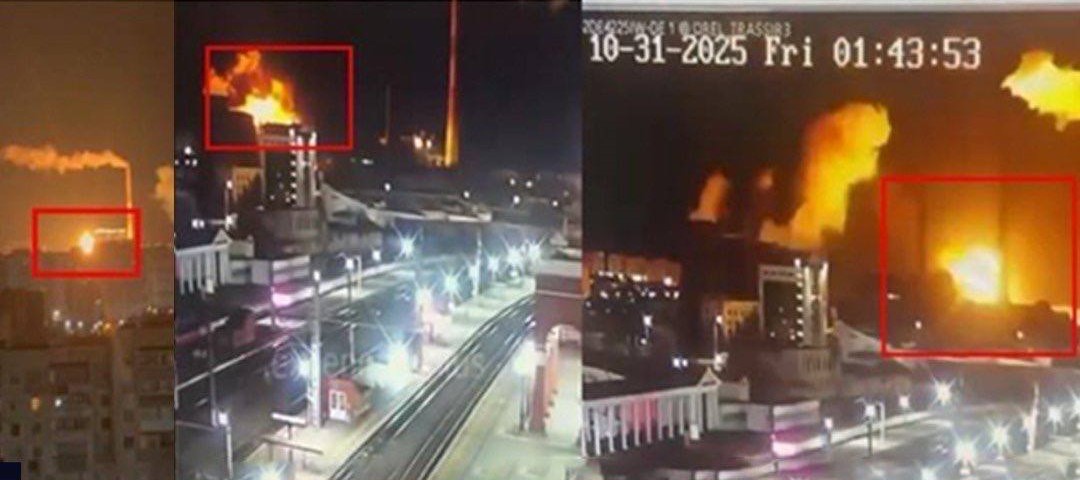Ukrainian naval forces carried out precision strikes inside Russian territory using Neptune cruise missiles, targeting the Orlovskaya thermal power plant in Oryol Oblast and the Novobryansk electrical substation in Bryansk Oblast, the Ukrainian Navy reported.
The strikes highlight Ukraine’s expanding ability to strike critical infrastructure deep inside Russia, targeting energy facilities that sustain military operations. By disrupting power to key military enterprises, Kyiv aims to degrade Russian logistical capacity and hinder their operational effectiveness.
Both facilities supply electricity to Russian military enterprises, making their destruction a significant disruption to enemy logistics and operations.
The Navy emphasized that the operation demonstrates Ukraine’s growing ability to strike critical infrastructure far from the frontlines. "Ukrainian forces continue to show that no enemy rear is safe," the military statement said.
The strike follows a series of Ukrainian attacks on energy and logistics hubs in recent months, aimed at weakening Russia’s capacity to sustain military operations and disrupt supply chains across multiple regions.

Ukraine's Neptune missile: from anti-ship to deep-strike weapon
Ukraine's Neptune cruise missile has evolved from a ship-killer into a precision deep-strike weapon. Originally designed as an anti-ship missile based on the Soviet Kh-35, the R-360 Neptune gained international recognition in April 2022 when two missiles sank the Russian cruiser Moskva - the Black Sea Fleet's flagship and one of Moscow's most significant naval losses of the war.
Ukrainian engineers have since extended the missile's range from an initial 300-400 kilometers to 1,000 kilometers in the "Long Neptune" variant, transforming it into a weapon capable of striking deep inside Russian territory. The missile carries a 150-260 kg warhead and uses satellite navigation combined with radar or infrared seekers for terminal guidance.
Recent Neptune strikes demonstrate Ukraine's expanding ability to target Russia's military-industrial infrastructure far beyond the frontlines.
In September 2025, four Neptune missiles struck the Elektrodetal plant in Russia's Bryansk Oblast at a range exceeding 240 kilometers - a facility that supplies components to more than 1,500 enterprises in Russia's defense industry.
The Ukrainian Navy, which operates the Neptune system, has struck over 50 Russian targets in the past year alone, including ammunition depots and energy infrastructure.
The latest strikes on the Orlovskaya thermal power plant and Novobryansk substation continue this pattern of targeting energy facilities that power Russian military enterprises - a tactic Ukraine has used repeatedly to disrupt logistics and operations supporting Moscow's invasion.




